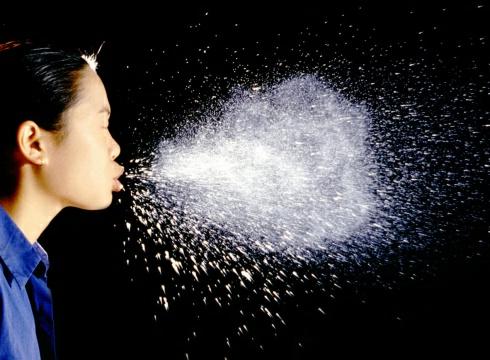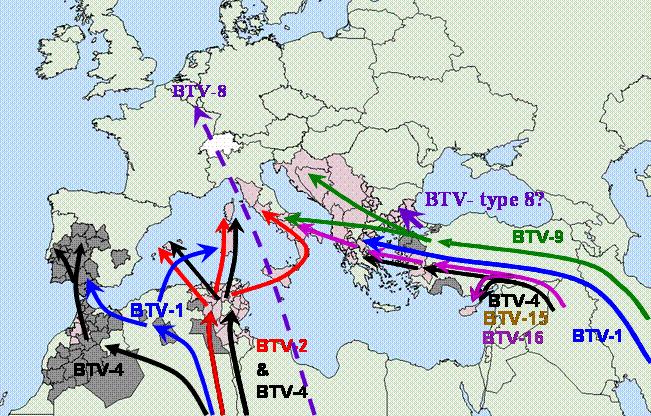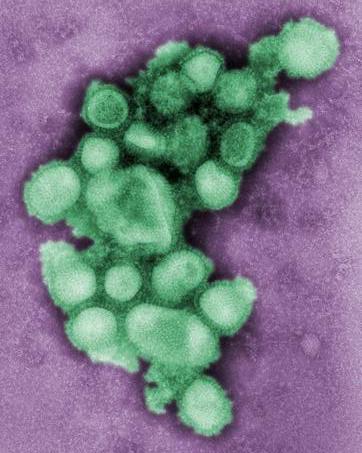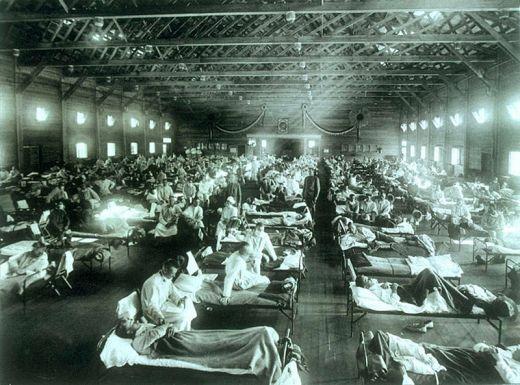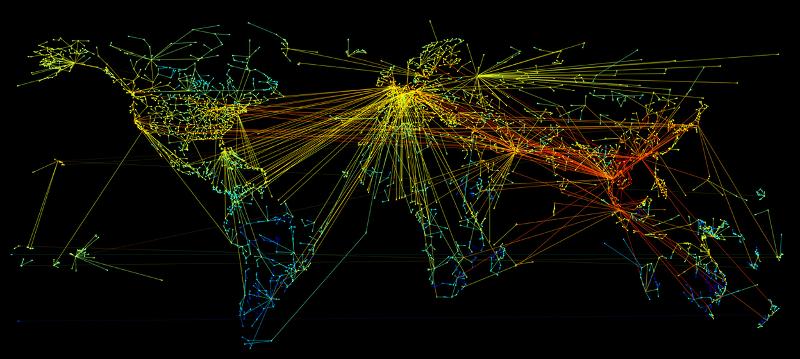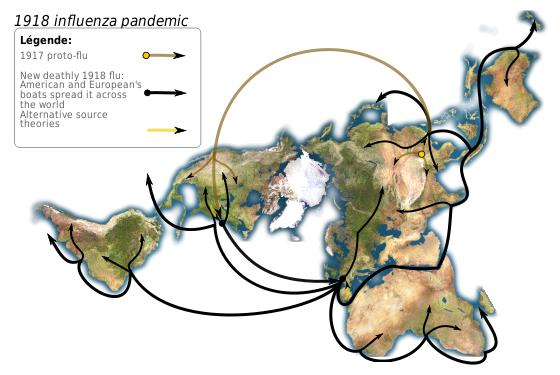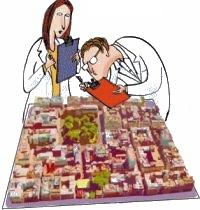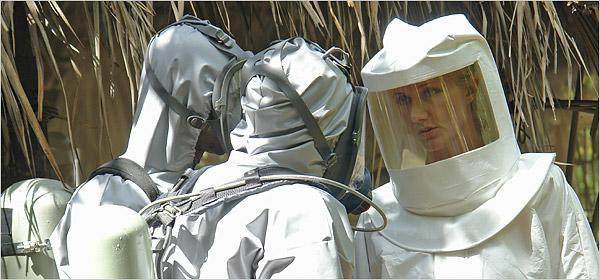Authors of the SIR Model
Image
In 1927 A.G. McKendrick and W. O. Kermack model the processes of contagion by introducing three states in which people can be:
- not sick but susceptible (S) to infection
- infected (I)
- recovered (R)
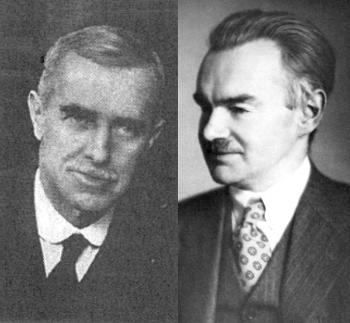
ID:(1942, 0)
Name of Models
Description
The models are called according to the states and the order in which they occur. For example, the best known model is one in which the susceptible population (S) becomes infected (I) and then recovers / dies (R). Therefore, this type of model is called 'SIR'.
If people only become infected and there is no possibility of recovery, the model would simply be 'YES'. Another case is that people, after recovering, can become infected again, in that case there is talk of a 'SIRI' model.
If latency is included, it is inserted between the susceptible and infected status, giving rise to the 'SEIR' models.
ID:(878, 0)
Susceptible Populations Evolution, Infected and Recovered
Image
Variables of the models
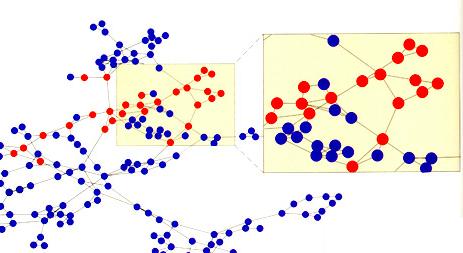
ID:(1941, 0)

